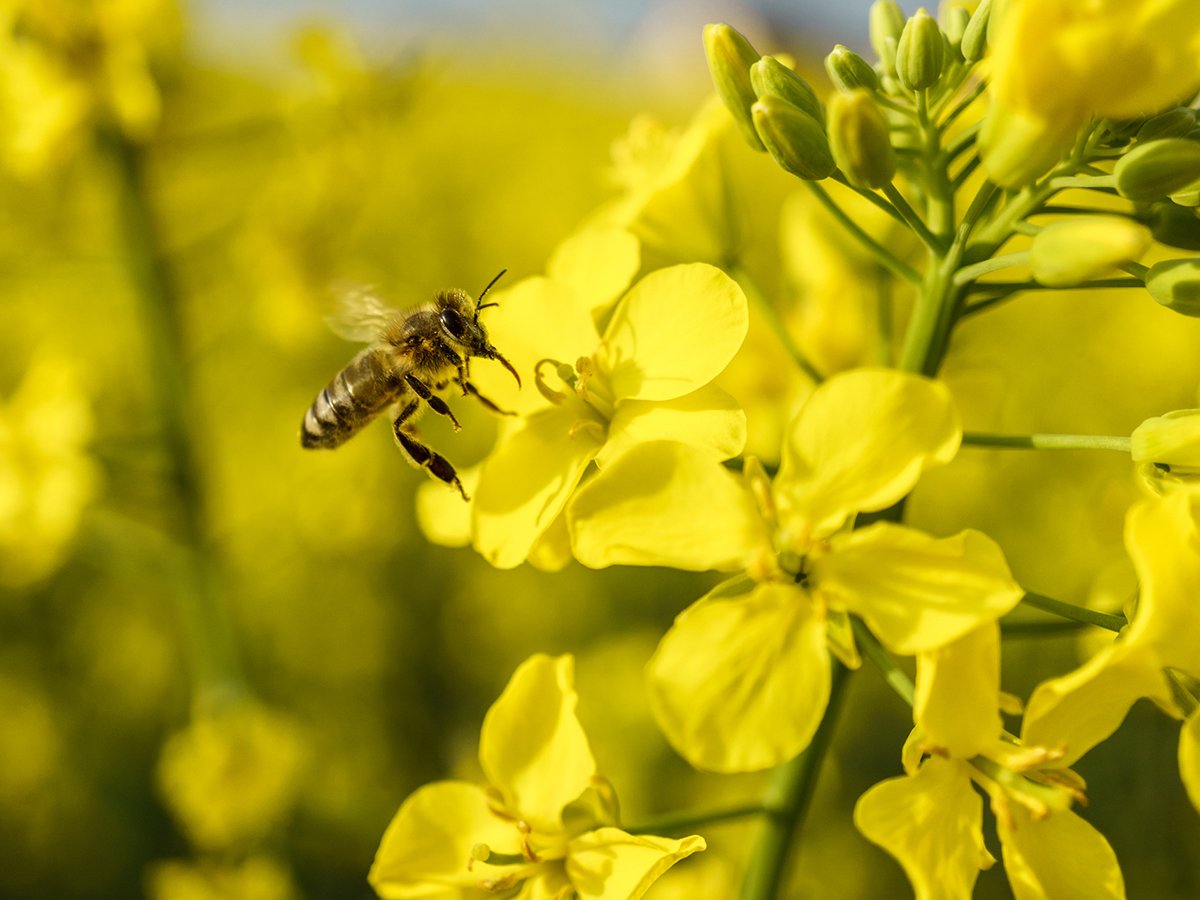CLIMATE change is back in the news. The glaciers are melting, North America is warmer than normal and northern Europe is colder than normal.
That’s why they refer to extreme weather events instead of global warming. It’s really all about increasing chaos and the change that will be required for us to pull back from the abyss.
In my last column I challenged you (and me) to change. I claimed that we could and should increase our energy efficiency by 30 percent over the next 15 years. Some readers have challenged me for ideas. Where are the practical ideas for how we can achieve these goals?
Read Also

Invigor Gold variety viewed as threat to condiment mustard
Invigor Gold, the canola-quality mustard developed by BASF, is on a collision course with Canada’s condiment mustard industry. It’s difficult to see how the two can co-exist.
Municipalities and companies have all kinds of ideas. The City of Prince Albert, Sask., is looking to recover the heat in waste water and use it to cut the energy costs of its waste water treatment plant.
The City of Toronto is using the cool waters from deep in Lake Ontario to provide air conditioning to the downtown core. International chemical company Air Liquide is running an experiment in Quebec with hog farmers to determine the feasibility of capturing methane from hog production and turning it back into an on-site fuel source.
But what about the challenge I issued to myself? I already think of myself as being energy efficient. I live in a small house. I walk to work. I am passionate about public transit. As my old household appliances give way to age, I have replaced them with more energy efficient models.
Privately though, I wondered if I had set the bar too high. How would I achieve additional energy savings when I still need to save another 30 percent?.
This fall I installed a programmable thermostat on my furnace. A friend had installed one and made wild claims about its efficiency. I was skeptical but decided to experiment. I programmed the furnace to a lower temperature from after bedtime until one hour before I arise in the morning.
Last week I received my gas bill and compared my energy consumption year over year. After less than six months in operation my energy use has declined by 24 percent. Yes, this winter has been warmer than others but the energy saving is still substantial. In Ontario, natural gas prices have just increased by a staggering 40 percent but my energy bill is declining.
Maybe global climate change is not the most pressing issue in your mind. Maybe saving money is not your highest priority, though I would find that hard to believe.
If that is true, consider this. Since the change in thermostat, my valentine and I have had more intimate moments than either of us can remember. The crisp night air draws both of us together under the covers for whole body embraces, warming for body and soul.
So, if environmental responsibility doesn’t turn your crank and shaving costs doesn’t tickle your fancy, consider the fringe benefits of recycling body heat. You can cool it down and heat it up all at the same time.
Christopher Lind writes frequently in the area of
ethics and economics. He is director of the Toronto School of Theology.














